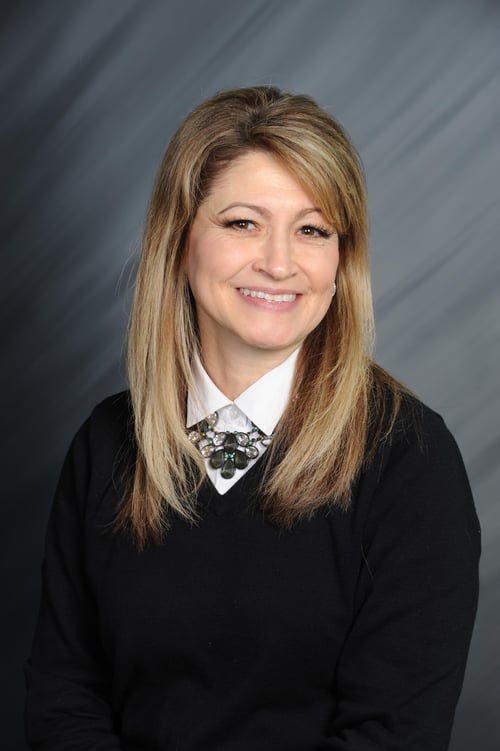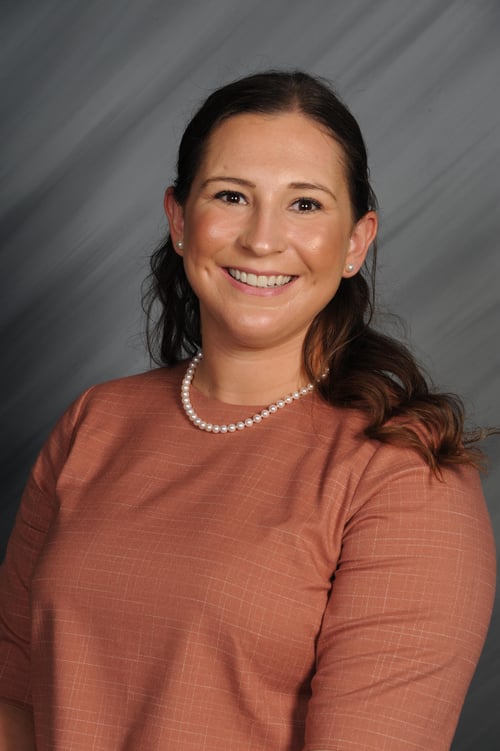.jpg?width=900&name=Australia%20Clark%20M.D_%20(002).jpg)
October is here and that means you are going to be seeing pink everywhere. It’s Breast Cancer Awareness Month—the international campaign to raise awareness and funds for research for breast cancer which accounts for about 30% of new cancers in the US. Originally conceived 36 years ago by the American Cancer Society (ACS) in partnership with a now defunct chemical company (which interestingly likely produced various products eventually found to have cancer links), the campaign was meant to promote the use of screening mammography as a tool for catching breast cancer early. The month has now evolved to promote fundraising for research into all aspects of breast cancer prevention and care and to serve as an annual reminder about a disease for which there is a 13% lifetime risk for women (phenotypically female for the purposes of this article) in the US. In 2021 alone the American Cancer Society estimates approximately 43,600 women will die from breast cancer. The lifetime risk for men (phenotypically male) is less—1 in 833. Approximately 530 men are estimated will die in 2021 from the disease.
How can you reduce your risk for breast cancer? Let’s talk about prevention and detection.
Staying healthy is critical. Maintaining a healthy weight, following a low-fat diet, getting regular exercise, avoiding smoking and alcohol all can help reduce risk for many cancers, not just of the breast. Breastfeeding can also reduce risk of future development of certain breast cancers.
After trying to stay healthy the next step is knowing your risk. Some factors you cannot change. These include increasing age, tall stature (greater than 5’ 9”), having dense breasts, earlier age at first menstrual cycle, having a higher bone mineral density and genetics. Do you have a strong family history of breast cancer or cancers in general? Talk to your doctor about whether you should consider genetic testing to look for mutations in BCRA1 or BRCA2-mutations associated with high rates of breast cancers as well as ovarian, pancreatic, and prostate cancers. There are a handful of other less common gene mutations that can lead to increased risk for breast and other cancers. Do you have a first degree relative (parent, sibling or child) with breast cancer? This can double your risk for future development. Family history is a risk but remember 8 out of 10 women diagnosed with breast cancer have no family history. So, screening at appropriate times is key.
Have you or are you using post-menopausal hormone replacement therapy? Use of combination estrogen/progesterone replacement for longer than four years in those with an intact uterus increases risk of a hormonally sensitive breast cancer. Use of estrogen alone may increase risk when used for longer than 10 years. Risk is also increased with use of combination contraceptives in older women, though risk goes down within a few years of cessation. There is an increased risk of breast cancer in transgender women undergoing hormone treatment compared to cisgendered men. Lifetime exposure to estrogen seems to explain much risk. People who have never had pregnancy and those who are older when they have their first pregnancy are at higher risk than those that have had pregnancies earlier in life.
The best way to fight any cancer is early detection. Because many people have no symptoms of cancer, regular breast screening is important. Breast Self-Exams are not proven to improve detection; therefore, the US Preventative Services Task Force (USPSTF) and the American Academy of Family Physicians (AAFP) recommend against its regular use. The ACS and the American College of Obstetricians and Gynecologists (ACOG) promote breast self-awareness instead. This is simply having a sense of what is your individual normal so that you can notice change and report them to your provider. Clinical Breast Exams as can be performed with your health care provider are supported by several organizations as a method to improve detection, though USPSTF and AAFP have yet to find sufficient evidence to recommend. While the USPSTF recommends screening for breast cancer every two years in women of average risk between the ages of 50 to 74 years, you should always talk to your provider about risks that would change this recommendation for both your age and frequency of screening. ACOG recommends screening mammography starting at age 40 and annually thereafter until at least 75. ACOG recommends collaboration with your provider on the age with which to stop screening as this recommendation may vary based on overall health and longevity.
If any of these subjects are of concern to you please contact your primary care physician to discuss any questions you may have.
.jpg?width=118&name=Australia%20Clark%20M.D_%20(002).jpg) Dr. Clark is a board certified Family Physician who sees patients of all ages and provides obstetrical services) at Lone Star Family Health Center, a non-profit 501©3 Federally Qualified Health Center operating facilities in Conroe, Spring, Willis, Grangerland, and Huntsville, and serving as home to a fully integrated Family Medicine Residency Program to increase the number of Family Medicine physicians for Texas and our community.
Dr. Clark is a board certified Family Physician who sees patients of all ages and provides obstetrical services) at Lone Star Family Health Center, a non-profit 501©3 Federally Qualified Health Center operating facilities in Conroe, Spring, Willis, Grangerland, and Huntsville, and serving as home to a fully integrated Family Medicine Residency Program to increase the number of Family Medicine physicians for Texas and our community.



